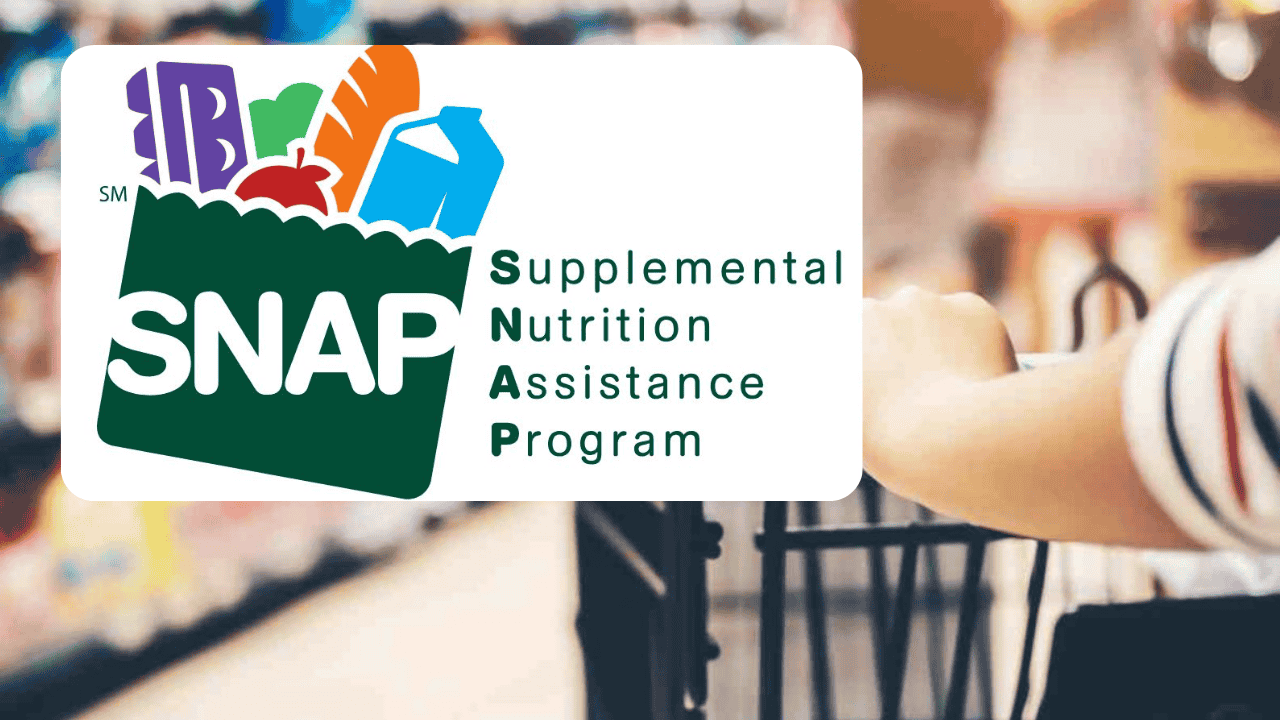As food prices continue to rise, millions of families are about to face even more pressure when it comes to putting meals on the table. A new bill passed in Congress—formally known as H.R.1 or the “One Big Beautiful Bill Act”—has introduced major changes to the Supplemental Nutrition Assistance Program (SNAP), previously known as food stamps. These changes are some of the biggest the program has seen since it was first created during the Great Depression.
For decades, SNAP has been a vital support system for people dealing with food insecurity. But with this new law, access to that support is about to get harder for many Americans. The federal government is shifting more of the responsibility to the states, which could lead to stricter rules, fewer resources, and reduced access for current recipients.
How Big Is SNAP’s Reach?

To understand the impact, consider this: In 2024, over 41 million people were enrolled in SNAP. That’s nearly as many people as live in the entire country of Canada. Even if you’ve never used the program, chances are you know someone who has—or you’ve felt its effects through your community.
SNAP doesn’t just help individuals. It supports local economies, small businesses, farmers, and even schools. When changes like this happen, the ripple effect spreads far beyond just the people receiving the benefits.
What’s Changing in SNAP?
The new law will affect states nationwide, and many are now scrambling to figure out how to keep their food assistance programs running under tighter rules and less support. Here’s a look at the most critical changes:
- 1Stricter Work Requirements Previously, certain groups like veterans, the homeless, and those aging out of foster care were exempt from work requirements. These exemptions are now gone. The age limit for mandatory work has been raised from 55 to 64. This means many adults who previously qualified for benefits without needing to meet work hour requirements will now have to find jobs—or risk losing their access.
- Reduced Child Caregiver Exemptions Before the bill, adults caring for children under 18 were exempt from work rules. Now, that exemption only applies to caregivers of children under 14. In North Carolina alone, state officials estimate around 90,000 adults could lose benefits because of this change.
- Tighter Rules for Non-Citizens, Refugees, asylum seekers, and other non-citizens will no longer be eligible for SNAP. However, green card holders and lawful permanent residents still qualify.
- States Must Pay More: The cost-sharing between states and the federal government for SNAP administration is changing from a 50/50 split to 75/25, putting more financial pressure on states. Unlike the federal government, states are legally required to balance their budgets. This change may force them to cut other essential programs just to manage SNAP.
- SNAP-Ed Program Eliminated: The SNAP-Ed initiative, which funded school nutrition programs, public health education, and obesity prevention efforts, has been cut entirely.
- Tougher Penalties for Administrative Errors: States with payment error rates over 6% will be fined. Currently, all but eight states exceed this rate. For example, New Mexico could face over $150 million in annual penalties. That’s a huge blow, especially considering one in five residents there depends on SNAP.
How Are States Responding?
State governments are already working behind the scenes to soften the blow. Some are considering the use of emergency exemptions to delay or lessen the impact of these changes. Others are updating their systems to avoid costly penalties tied to error rates.
Officials are also looking at how they can shift funding between programs—possibly reducing support for healthcare, childcare, or job training just to keep SNAP running.
In Vermont, for example, the Agency of Human Services is developing strategies like enhanced participant outreach and more accurate eligibility tracking to meet the new requirements and avoid penalties.
What This Means for Communities
These cuts aren’t just about food. According to public health leaders across the country, this law could have far-reaching consequences:
Nutrition programs in schools could disappear, especially those tied to SNAP-Ed, such as school gardens and healthy meal initiatives. Local economies may take a hit. The USDA estimates that every dollar in SNAP benefits generates about $1.50 in local spending. With fewer dollars circulating, businesses, farms, and food distributors—especially in rural areas—will feel the pinch.
Utility aid may shrink. The law changes how utility costs are factored into SNAP eligibility, meaning some families may no longer qualify for energy assistance through the Standard Utility Allowance. Social services may become overburdened. With more administrative costs and tighter budgets, services like mental health care, job support, and child welfare could all be affected.
When Will the Changes Happen?
These updates won’t all take effect at once. Instead, they’ll roll out in phases:
- Immediately: The SNAP-Ed program ended with the law’s passage.
- November 1, 2025: New work requirements begin. Households may begin losing benefits by early 2026 if they don’t meet the rules.
- October 1, 2026: The state-federal cost shift (from 50/50 to 75/25) takes effect.
- By 2028: States must start paying penalties tied to administrative error rates.
These upcoming changes to SNAP represent a major shift in how the U.S. handles food assistance. For families relying on these benefits, the impact could be life-altering. For states, it means a tightrope walk between providing support and managing budgets. If you or someone you know uses SNAP, now’s the time to stay informed and connected to local resources. And for everyone else, these changes are a reminder of just how fragile social safety nets can be—and how much they matter to the health of entire communities.
—
Suggested Blog Title:
SNAP Food Benefits Are Getting Cut — Here’s What Families Should Expect
Meta Description:
Major changes are coming to SNAP, including new work rules, tighter eligibility, and reduced funding. Find out how these cuts will affec
t families, states, and communities nationwide.
Suggested URL:
/snap-food-assistance-changes-2025-2028-impact-on-families









